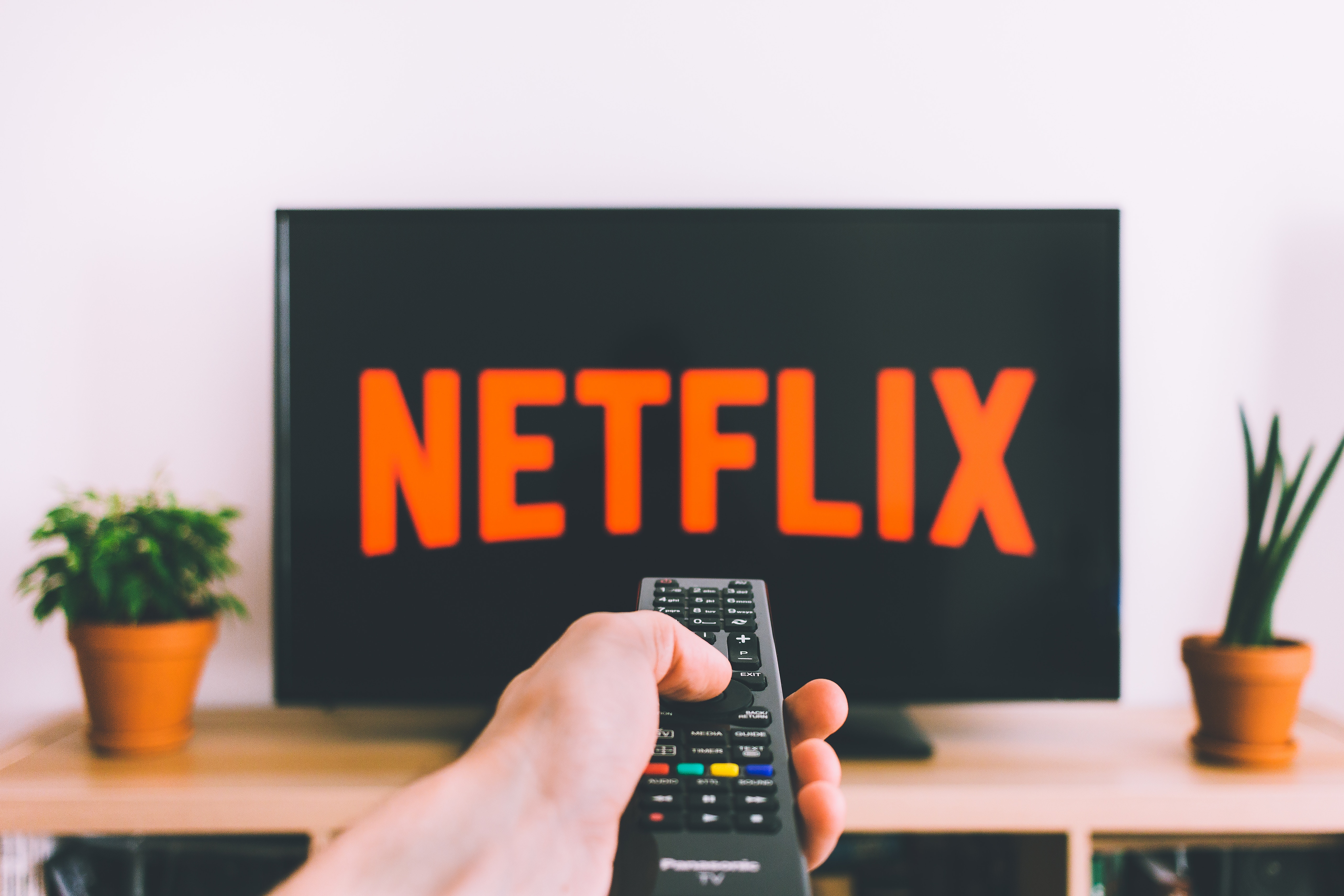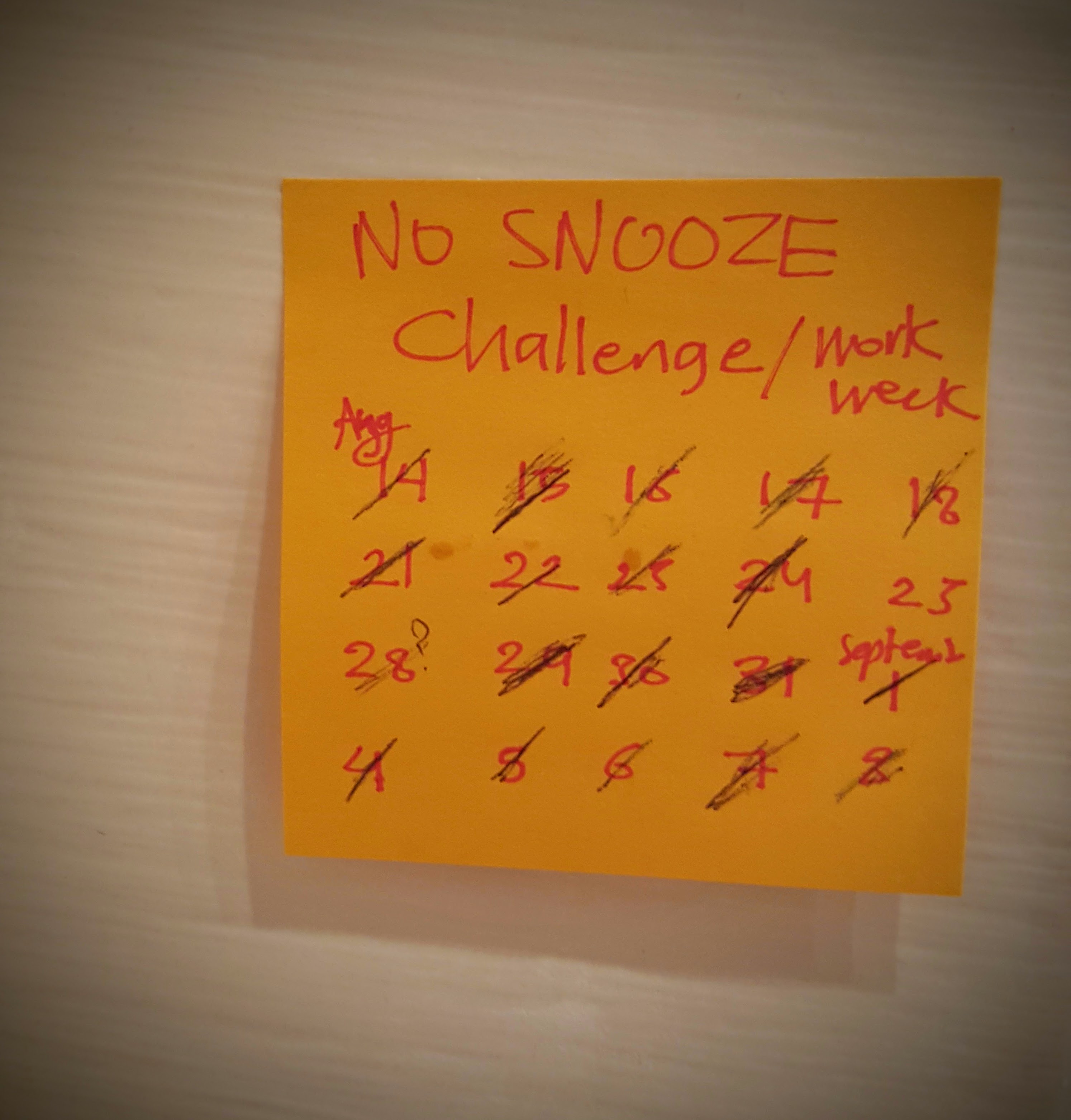When I wake up I have a morning ritual that helps me receive the day with a clear mind and leave the house ready for the day. When I arrive at my office I have a ritual which helps me start my work day fresh and focused. At the end of the workday I have a ritual which helps me leave work knowing I got my most important tasks done and ready for next workday and in the evening I have a ritual which makes sure I end the day ready for tomorrow.
Michael Hyatt helped me understand that rituals are a stack of steps you do in the same sequence every time to signal the start and end of events. Rituals set up the stage and reduce the time and energy spent figuring out next steps and also save our mental energy for more important decisions throughout the day.
He recommends having 4 rituals:
- The morning ritual.
- The workday startup ritual.
- The workday shutdown ritual.
- The evening ritual.
Today I will share with you my ideal morning ritual currently. Note that I said “currently” because I try to revisit and update my rituals every quarter as they normally change with different seasons, like school starting and finishing and so on.
- Wake up at 5am, wash up and apply face moisturizer to get ready for makeup later (10 minutes).
- Go to kitchen, turn on coffee machine and do pushups for 2 minutes while waiting for water to warm up enough. (5 minutes)
- Have warm water with half a spoon of honey plus my turmeric and black pepper pill. (5 minutes).
- Go to my home office and meditate (10 minutes).
- Get my coffee and read A Course In Miracles textbook (10 minutes).
- Write in my journal (15 minutes).
- Write in my kids’ one-line journals (5 minutes).
- Write in my five minute gratitude journal (5 minutes).
- Read The Daily Stoic book and answer the prompt (5 minutes).
- Text my early risers groups and send them inspiring words for the day, sometimes done at the beginning of the ritual. (5 minutes)
- Walk outside with an audiobook/podcast (20 minutes)
- Make Sandwiches and place pre-prepared lunchboxes in bags (5-10 minutes)
- Apply makeup (15 minutes)
- Get dressed (10 minutes)
- Lock doors to leave the house (5 minutes)
This ideal scenario ritual takes 135 minutes which is logical in non-school days. However, if I still wake up at 5am in school days I will be leaving the house too late for school. So in school days I either need to wake up at 4:30am or I need to do the non-negotiable crash version of my ritual which downsizes key steps to 5 minutes which are meditation and reading ACIM. I never tried walking in the morning with schools open so I need to test this step or get walking habit back to evening ritual like before as the days are getting longer now in quarter 1 of the year.
Next post I will share with you my workday sartup ritual. Keep reading.






